 W
WJustin Ahomadegbé-Tomêtin was a Beninese politician most active when his country was known as Dahomey. He arose on a political scene where one's power was dictated by what region of Dahomey one lived in. He served as president of the National Assembly of Dahomey from April 1959 to November 1960 and as prime minister of Dahomey from 1964 to 1965.
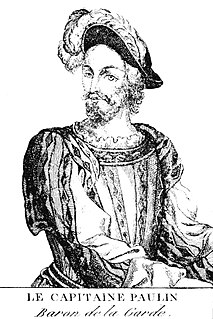 W
WAntoine Escalin des Aimars, also known as Captain Polin or Captain Paulin, later Baron de La Garde, was French ambassador to the Ottoman Empire from 1541 to 1547, and "Général des Galères" from 1544.
 W
WJoseph Gaudérique Aymerich was a French military officer in its colonial empire.
 W
WPierre Terrail, seigneur de Bayard was a French knight at the transition between the Middle Ages and the Renaissance, generally known as the Chevalier de Bayard. Throughout the centuries since his death, he has been known as "the knight without fear and beyond reproach". He himself preferred the name given him by his contemporaries for his gaiety and kindness, "le bon chevalier", or "the good knight".
 W
WArnaud Jean-Georges Beltrame was a lieutenant colonel in the French Gendarmerie nationale and deputy commander of the Departmental Gendarmerie's Aude unit, who was murdered by a terrorist at Trèbes after having exchanged himself for a hostage. French President Emmanuel Macron said that Beltrame deserved "the respect and admiration of the whole nation." For his bravery and adherence to duty he was posthumously promoted to colonel and made a Commander of the Legion of Honour.
 W
WEmmanuel Bodjollé was Chairman of the nine-member Insurrection Committee that overthrew the government of Togolese President Sylvanus Olympio on 13 January 1963.
 W
WJoseph Caffarelli, full name Louis Marie Joseph, comte de Caffarelli du Falga, was a French sailor, soldier and politician, who was a Conseiller d'État and maritime prefect of Brest. His brothers Marie-François Auguste de Caffarelli du Falga and Louis-Marie-Joseph Maximilian Caffarelli du Falga were also active in the French military of the time.
 W
WAugustin Joseph Caron (1774–1822) was a lieutenant colonel in the French army during the Bourbon Restoration.
 W
WMichel de Castelnau, Sieur de la Mauvissière, French soldier and diplomat, ambassador to Queen Elizabeth. His memoirs, covering the period between 1559 and 1570, are considered a more reliable source for the period than many others.
 W
WFrançoise de Cezelly was a French war hero during the French Wars of Religion. She distinguished herself when the village of Leucate was besieged by Spanish forces allied with the Catholic League in 1590, after her husband, the governor, was captured and executed by the enemy.
 W
WCharles III was the third Duke of Elbeuf and member of the House of Lorraine. He succeeded his father Charles II, Duke of Elbeuf, to the Duchy-Peerage of Elbeuf. His mother was an illegitimate daughter of Henry IV of France and Gabrielle d'Estrées. He was also a Peer of France as well as titular Duke of Guise, Count of Harcourt, Lillebonne and Rieux.
 W
WCharles Eugène of Lorraine was the head of and last male member of the House of Guise, the cadet branch of the House of Lorraine which dominated France during the Wars of Religion, remained prominent as princes étrangers at court throughout the ancien régime, and participated in the émigré efforts to restore the Bourbons to the throne. He was an officer in the French and Habsburg militaries during the French Revolutionary and Napoleonic wars.
 W
WFrançois de Civille, seigneur de Saint-Mards (1537–1610), was a French soldier and diplomat. The Civille family of Rouen was of Spanish origin.
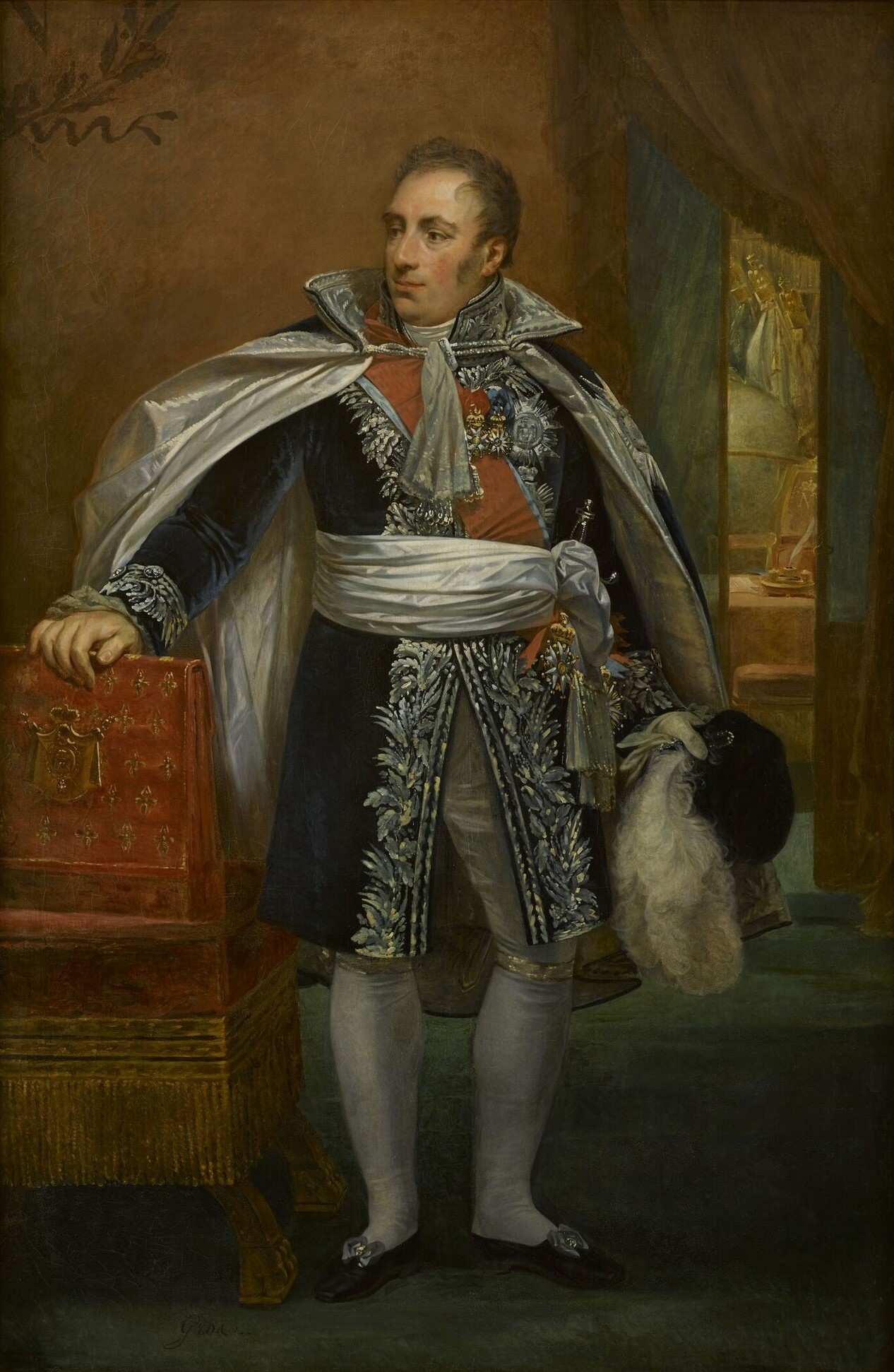 W
WPierre Antoine Noël Bruno, comte Daru was a French soldier, statesman, historian, and poet.
 W
WFrançois-César Le Tellier, was the marquis of Courtanvaux, Count of Tonnerre, Duke of Doudeauville, and a French aristocrat, military officer, and scientist.
 W
WClaude d'Urfé was a French royal official of the 16th century. He acted as governor and bailiff of Forez after that county became a royal domain. He was a friend and confidant of Francis I and fought alongside him in the Wars of Italy as well as under his son Henry II. He was also governor of the dauphin and the king's other children. He was also a major patron for building works in the Italian Renaissance style in Forez, such as his Italian-style extension to his château of Bastie d'Urfé. His grandson was the author Honoré d'Urfé.
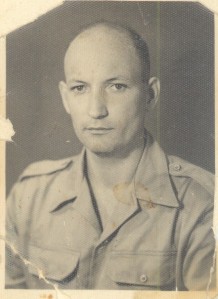 W
WColonel Marcel Edme was a French military officer, paratrooper, and Legion of Honour recipient who served as France's most senior military adviser to the Togolese Armed Forces until his death in a helicopter crash in 1979. Born in Madagascar in 1924, Edme served in World War II as a member of the 2nd Parachute Chasseur Regiment, parachuting into occupied France twice, and later took part in the fighting in the Battle of Dien Bien Phu in 1954 with the 1st Colonial Parachute Battalion where he was taken prisoner. He went on to fight in Algeria.
 W
WEmmanuel Maurice de Lorraine was Duke of Elbeuf and Prince of Lorraine. He succeeded his older brother Henri de Lorraine (1661–1748) as duke. He died without any surviving issue.
 W
WRoger Faulques was a French Army Colonel, a graduate of the École spéciale militaire de Saint-Cyr, a paratrooper officer of the French Foreign Legion, and a mercenary.
 W
WGeneral Denis Favier is, from 2013 to 2016, the General-Director of the French Gendarmerie.
 W
WThomas de Mahy, marquis de Favras was a French aristocrat and supporter of the House of Bourbon during the French Revolution. Often seen as a martyr of the Royalist cause, Favras was executed for his part in "planning against the people of France" under the Comte de Provence. He is known for his last words, "I see that you have made three spelling mistakes", upon the reading of his death sentence warrant.
 W
WThe Commandos Marine are the Special Operation Forces (SOF) of the French Navy. The Commandos Marine are nicknamed Bérets Verts. They operate under the Naval Riflemen and Special Operations Forces Command (FORFUSCO) and form part of the French Special Operations Command.
 W
WLouis-Gabriel de Gomer was a French military officer, and inventor of the Gomer mortar. He was Marshal General of France and a Commander of the Order of Saint Louis in 1789, when he was elected as Deputy of the Estate General for Sarreguemines. He served as a member of the military committee until November 1789, when he resigned.
 W
WHenri de Gondi, duc de Retz (1590–1659) was a French nobleman of the Gondi family. He was the son of Charles de Gondi, duc de Retz and Antoinette, lady of Château-Gontier. He became duc de Retz on his father's death in 1596. He married Jeanne de Beaupreau, and they had 2 daughters.
 W
WOlivier Gruner, also named O.G, Оливье Грюнер in Russian, and 奥利弗·古鲁内尔 in Chinese, is a French former naval commando, actor, director, producer, screenwriter, martial artist, and pilot. Born in Paris, France, he moved to the United States in 1988. His career began in 1987 at the Cannes Film Festival, France, where he was discovered.
 W
WHenri de Lorraine, known as Cadet la Perle, was a French nobleman. He was count of Harcourt, count of Armagnac, count of Brionne and viscount of Marsan. He was the younger son of Charles I, Duke of Elbeuf and his wife Marguerite de Chabot, countess of Charny.
 W
WJohn Adolph of Nassau-Usingen was Count of Saarbrücken and Saarwerden and Lord of Lahr, Wiesbaden and Idstein. He served as a colonel in the French army and later in the royal Prussian army as Major-General and as chief of the Fusilier Regiment No. 47.
 W
WLouis-Auguste Juvénal des Ursins d'Harville, Count of Harville was a French military officer and politician in late 18th-century France. A Divisional General in the French Revolutionary Wars and the Napoleonic Wars, he was present at the Battle of Jemappes on 6 November 1792 and led the Reserve Division at the subsequent Siege of Namur.
 W
WAndré-Dieudonné Kolingba was a Central African politician, who was the fourth President of the Central African Republic (CAR), from 1 September 1981 until 1 October 1993. He took power from President David Dacko in a bloodless coup d'état in 1981 and lost power to Ange-Félix Patassé in a democratic election held in 1993. Kolingba retained the strong support of France until the end of the Cold War in 1992, after which both internal and external pressure forced him to hold presidential elections which he lost.
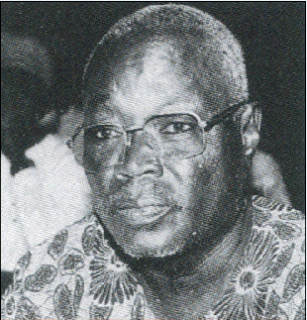 W
WIropa Maurice Kouandété was a military officer and politician in Benin. He was born to Somba parents in the Gaba District of Dahomey. Kouandété enrolled in the army in his late teens. Over the years, he became popular among junior soldiers in the north and gained the contempt of those in the south. Jim Hoagland of The Washington Post described Kouandété as a "moody, brilliant and highly ambitious soldier".
 W
WSeyni Kountché was a Nigerien military officer who led a 1974 coup d'état that deposed the government of Niger's first president, Hamani Diori. He ruled the country as military head of state from 1974 to 1987. Stade Général Seyni Kountché, Niger's national stadium in Niamey, is named after him.
 W
WClaude de l'Isle de Marivaux was a French diplomat working for Henry of Navarre.
 W
WFrançois René de La Tour du Pin, Marquis de la Charce, was a French Military Officer, Politician and Social Reformer.
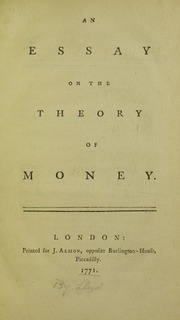 W
WHenry Humphrey Evans Lloyd was a Welsh army officer and military writer. He fought for the French against the Austrians, the Jacobite forces of Charles Stuart against the British, the Austrians against the Prussians and the Prussians against the Austrians, and the Russians against the Turks. He also undertook various diplomatic missions for Britain. His writings on military theory were studied by George Washington and George S. Patton, and were used by J. F. C. Fuller to espouse a science of war.
 W
WLouis of Lorraine was a member of the House of Guise, a cadet branch of the House of Lorraine. He married three times and through his daughter, is an ancestor of the present House of Savoy. He was the Grand Squire of France and Governor of Anjou.
 W
WGeorges Félix Madon was the fourth ranked French ace pilot of the First World War. His lengthy career and wide variety of aviation experiences were remarkable.
 W
WClaude-Louis Navier, was a French mechanical engineer, affiliated with the French government, and a physicist whose work was specialized in continuum mechanics.
 W
WLouis Antoine de Pardaillan, marquis of Antin, Gondrin and Montespan (1701), then 1st Duke of Antin (1711) was a French nobleman. He was painted by Rigaud.
 W
WAlphonse Péron was a French soldier and amateur naturalist. He used his spare time to pursue his interest in paleontology, and authored or coauthored several important works on the geology and paleontology of France and Algeria.
 W
WMonsieur Philippe I, Duke of Orléans was the younger son of Louis XIII of France and his wife, Anne of Austria. His older brother was the "Sun King", Louis XIV. Styled Duke of Anjou from birth, Philippe became Duke of Orléans upon the death of his uncle Gaston in 1660. In 1661, Philippe also received the dukedoms of Valois and Chartres. Following Philippe's victory in battle in 1671, Louis XIV added the dukedom of Nemours, the marquisates of Coucy and Folembray, and the countships of Dourdan and Romorantin.
 W
WReinhold von Rosen was a Baltic nobleman fighting for Sweden and France. Reinhold was one of the great generals of the Thirty Years' War.
 W
WAli Saibou was the third President of Niger from 1987 to 1993 succeeding the deceased Seyni Kountché.
 W
WGaspard de Saulx, sieur de Tavannes (1509–1573) was a French Roman Catholic military leader during the Italian Wars and the French Wars of Religion.
 W
WHélène Marguerite Marie Terré was a French resistance fighter engaged in the Free French Forces during World War II. She served in London with the French Volunteer Corps and assumed corps command from Captain Simonne Mathieu. In April 1944, she took command in France of the Army's Female Auxiliaries.
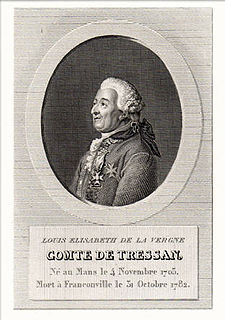 W
WLouis-Élisabeth de la Vergne, comte de Tressan was a French soldier, physician, scientist, medievalist and writer, best known for his adaptations of "romans chevaleresques" of the Middle Ages, which contributed to the rise of the Troubadour style in the French arts.
 W
WJoost van Vollenhoven was a Dutch-born French soldier and colonial administrator. Van Vollenhoven died in the Second Battle of the Marne.